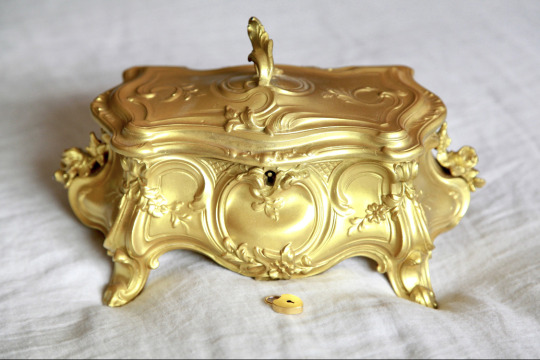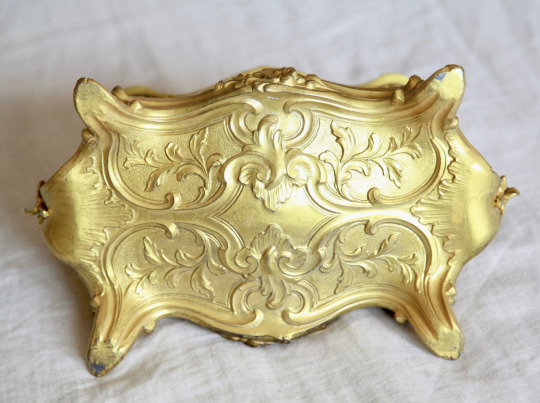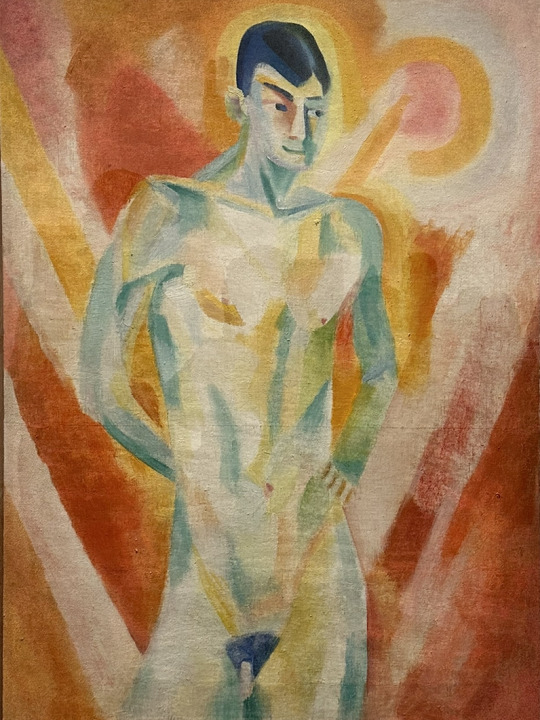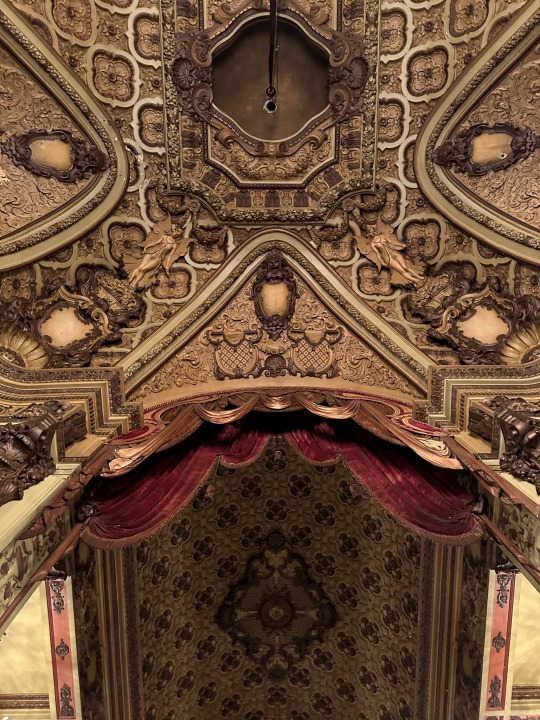#beaux arts
Explore tagged Tumblr posts
Text





le grand palais renovation ~ chatillon architectes | photos by laurent kronental
2K notes
·
View notes
Text





Turn of the century gilded jewelry box with pastel pink tufting
#pink aesthetic#fairytale aesthetic#vintage aesthetic#victorian#antiques#antique aesthetic#princesscore#angelcore#angelic#beaux arts#mine#as in my upload
2K notes
·
View notes
Text

St. Paul Building, New York City, c. 1901. Detroit Publishing Co. Photomechanical print.
#beaux arts#architecture#vintage#photography#color#fotografia#fotografie#photographie#city scene#new york
322 notes
·
View notes
Text
Opera national de Paris

#Palais Garnier#Opera House#Beaux Arts#Baroque#Renaissance#Revival#Palladian#Architecture#Place de l'Opera#Street Scene#French Moments#Paris#European Union#Flag#France
109 notes
·
View notes
Text

Studio of François Flameng aux Beaux-Arts de Paris, 1924
#art#françois flameng#french artists#1920s#beaux arts#paris#black and white#vintage#painting#double image
146 notes
·
View notes
Text

downstairs at the Los Angeles theater // IG
#dark academia#antique aesthetic#dark baroque#baroque academia#baroque revival#beaux arts#antique academia#20th century#architecture#mine
422 notes
·
View notes
Text

The grandeur that was Penn Station, 1929.
Photo: Drahomir Josef Ruzicka via Photography & Vision
#vintage New York#1920s#Pennsylvania Station#Drahomir Josef Ruzicka#Penn Station#lost buildings#vanished New York#Beaux Arts#b&w photography#McKim Mead & White#Beaux Arts style#criminal destruction
383 notes
·
View notes
Text
Did you know that the Catalan vault can be found in many buildings of the United States of America?
Here's some examples:

Grand Central Terminal, New York City. Photo from Getty.

Boston Public Library. Photo by Michael Freeman/Boston Public Library.

Ellis Island Registry Room, New York. Photo by Mike Ward on Flickr.

City Hall station of the New York subway. Photo by Michael Freeman.
The Catalan vault is a brick arch that is widely used in traditional Catalan architecture. It's also present in other parts of the Mediterranean, but not as common. Its main characteristic is that it's built with the longest side of the brick facing down (usually, ceilings are made with the shortest side facing down) and with a very gentle curve, resulting in a strong self-supporting vault that allows covering a whole room without needing columns or pillars in a way that would be impossible with other kinds of masonry, and also makes it possible to build it quickly and without needing centering (the wooden structure used to support the vault or arch while it's being built, and which is removed once it's made).
So how did it make its way to the USA?
It was brought by the Valencian architect Rafael Guastavino i Moreno (1842-1908). He had already designed important industrial buildings in Catalonia, including the factory that later became the Industrial School in Barcelona and La Massa theatre in Vilassar de Dalt, among others. At the time, in Catalonia, the Catalan vault was being widely used to cover ceilings in factories.
In 1881, Guastavino moved to New York City (USA), where he used the Catalan vault to cover big ceilings, which made him gain some fame for it. He patented the vault in the USA with the name "Guastavino system".
At the time, Americans were very worried about buildings catching fire, because it often happened and had caused a huge destruction in the Chicago 1871 fire. As a response, in 1883 Guastavino bought a patch of land in Connecticut, built two houses in it using the Catalan vault, and set them on fire. He took photos of the whole process to document it and prove how this architecture style is efficient in the case of fire. He wrote about it in the magazine Decorator and Furnisher and soon won the contest to design the Progress Club's building in New York City, which made him famous among architects in the area.
He created his own company (Guastavino Fireproof Construction Company) which was focused on building the Catalan vault. He was hired for many buildings and this architectural element spread. Most churches with stone vaults built between 1890 and 1940 in the USA were designed by Guastavino's firm, as well as many other buildings across the country, particularly New York and Massachusetts.
He's buried in the St. Lawrence Basilica in Asheville (North Carolina, USA), a building he designed.
#arquitectura#arts#història#architecture#new york#new york city#usa#architecture history#art history#guastavino#guastavino tiles#vault#beaux arts#modern architecture#north carolina#other countries#valència#país valencià#diaspora
64 notes
·
View notes
Text


Palace of Fine Arts
San Francisco, CA 2020
#35mm#film#olympus mjuii#35mm film#color film#photography#palace of fine arts#san francisco#35mm color photography#35mm photography#color photography#bay area#column#architecture#William Gladstone Merchant#Bernard Maybeck#beaux arts
46 notes
·
View notes
Text

Le Gitan (The Gypsy)
Robert Delaunay, 1915
Museo Nacional Reina Sofia
57 notes
·
View notes
Text

“Justice, Knowledge, Medicine and Science”
A castle fell and now this monument stands
#neo baroque#castle ruins#monument#liverpool city centre#gothic#nokia#photography#goth aesthetic#queen victoria#beaux arts#vintage#history#statues#art
11 notes
·
View notes
Text


the dreamy bathroom parlor of the LA Theatre. IG
#pink aesthetic#fairytale aesthetic#vintage aesthetic#rococo#princesscore#hollywood regency#rococo revival#beaux arts#movie palace#mine#my photo
3K notes
·
View notes
Text

En mai 1968, l'Ecole des Beaux-arts dans les pentes de la Croix-Rousse à Lyon devient un haut lieu de la contestation étudiante.
19 notes
·
View notes
Text
Paris Nord 🚂🚉

#French Moments#Paris Nord#Railway Station#Beaux Arts#Architecture#Window#Statue#Sculpture#Flag#Gare du Nord#Paris#France
138 notes
·
View notes
Text

Ceiling details from the Los Angeles theater.
#beaux arts#dark academia#antique aesthetic#beaux arts architecture#historic architecture#baroque academia#baroque architecture#baroque revival#late baroque#baroque aesthetic#vintage aesthetic#1920s aesthetic#mine
285 notes
·
View notes
Text

The New York Central Building was built as the headquarters of the New York Central Railroad and as a companion to Grand Central Terminal. Both sat in the middle of Park Avenue, and looking north from south of 42nd one would see this tower looming over the Beaux-Arts terminal. This view is looking south, so the terminal is out of view. The construction of the Pan-Am building between the terminal and tower has since prevented people from viewing both at the same time as was intended. Today, the tower is called the Helmsley Building.
#history#nyc history#new york city#nyc#vintage nyc#1930s#architecture#railroad#grand central terminal#new york central#train station#skyscraper#beaux arts#postcards aesthetic#vintage postcards#postcards#voca1ion
31 notes
·
View notes